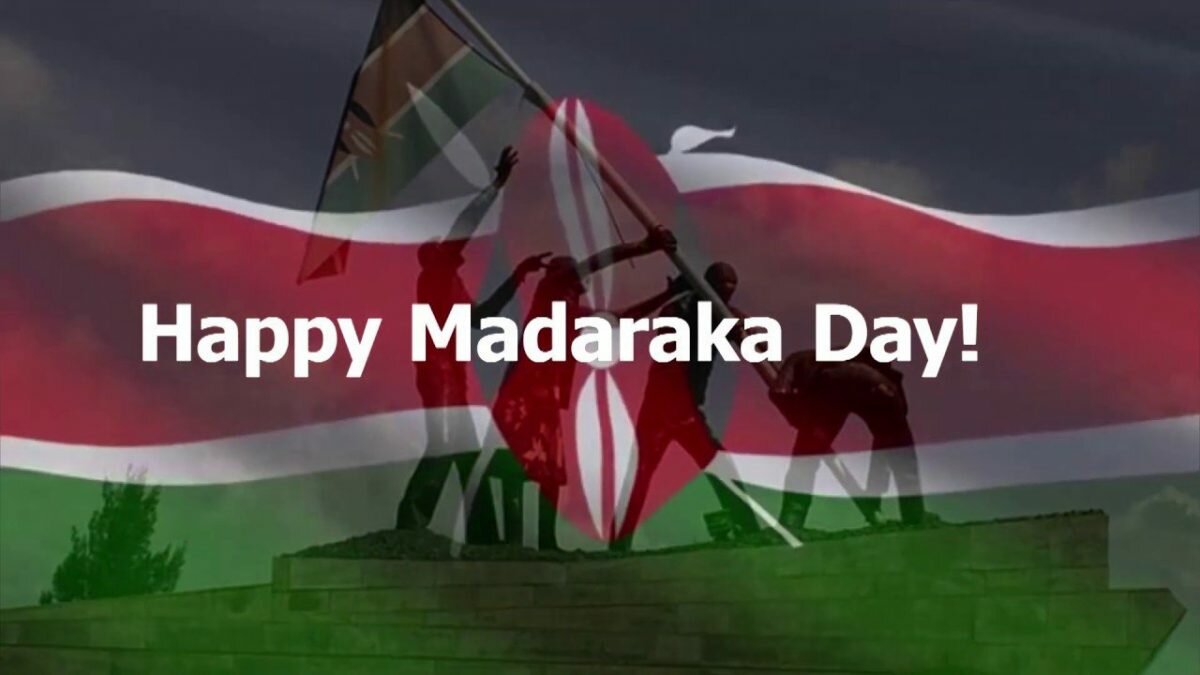The National Government will roll out phase two of the relief food distribution program with an allocation of Ksh. 450 million starting next week. This is aimed at mitigating the impact of drought in the country.
The distribution will cover 23 Arid and Semi-Arid (ASAL) counties and other pocket vulnerable areas like Kieni, Mbita, Nyatike, Turkana, Taita Taveta, and Coast regions.
Principal Secretary (PS), State Department for Social Protection, Senior Citizens Affairs, and Special Programmes, Mr Nelson Marwa, noted the country’s ongoing unprecedented drought period.
“The government is determined to ensure that no Kenyan dies of hunger and has offered immediate food, water, medicare, and livestock offtake programs. The streamlined distribution is well-coordinated, seamless, and monitored to ensure the food is tracked from the point of transfers to the grassroots level,” PS Marwa said.
President Uhuru Kenyatta declared the drought a natural calamity in September last year. The National Treasury and the Ministry of Interior spearheaded government efforts to assist affected households with water, relief food distribution, and livestock update.
Research and collaboration are key interventions in the enhancement of early warning systems that could help the country reduce hunger and distressed migration as a result of drought.
The Government is also taking a multi-agency approach to provide long-term solutions to end the frequent drought emergencies. Through collaborating with research institutions, the government has introduced adaptive mechanisms for sustainable livelihoods as coping mechanisms for communities in drought-stricken areas and across the country.
National Drought Management Authority (NDMA) Ag. Director Technical Services, Lembara Saiyana, said, “we are working with research arms to identify additional adaptive crop varieties and livestock species for the diversified ecological zones. This will focus on the distribution of diversified animal breeds that are fast-growing and have a dual purpose for sustainable livelihoods. We are promoting the provision of livestock feeding support to increase productivity within a particular unit area and utilization of low feeds while still maintaining a certain production level.”
Five million farmers have received input subsidy support under the Kenya Agriculture Insurance and Risk Mitigation project (KAIP), funded to a tune of Ksh. 3 billion. The seven-year project is aimed at promoting crop insurance, offering subsidy support to farmers for crop insurance, and assessing crop losses for compensation by insurance companies.
An additional 120,000 people have also benefited from the Kenya Livestock Insurance Programme rolled out in 8 Arid and Semi-Arid (ASAL) counties, where the government injected a whopping Ksh. 4.5 billion to reduce the risks of livestock mortality emanating from drought and to build the resilience of over 18,000 households of vulnerable pastoralists.
Mr Saiyana additionally acknowledged that the government was working on increasing knowledge and skills to communities to use climate-related information to improve their drought resilience. This will allow them to make different crop choices, enrol in crop insurance, and partake in other farm risk management practices.
Through participatory rangeland management, the government is promoting alternatives to assist local households to be self-sufficient economically and nutritionally.
“We are experiencing an increase in population and a decrease in land parcels for production. This has prompted the promotion of small-scale farming units, climate-smart agriculture, and apiculture as alternatives to assist local households to sustain themselves monetarily and have food affluence,” Mr Saiyana noted.
Through the Drought Resilience and Sustainable Livelihoods Project (DRSLP), targeting about 169,000 households, the government has purposefully injected Ksh. 5.4 billion for infrastructure development and capacity building.
The 10-year project, in six counties including Marsabit, Isiolo, Samburu, is supporting them with the establishment of commercial pasture demonstration farms, construction of water pans, development of irrigation infrastructure, livestock sale yards, and drilling and equipping of boreholes and shallow wells.
Phase one of the relief food distribution and cash transfers in the 23 ASAL counties saw an allocation of over Kshs. 1.2 billion and over 2.8 million Kenyans benefited from it.
















